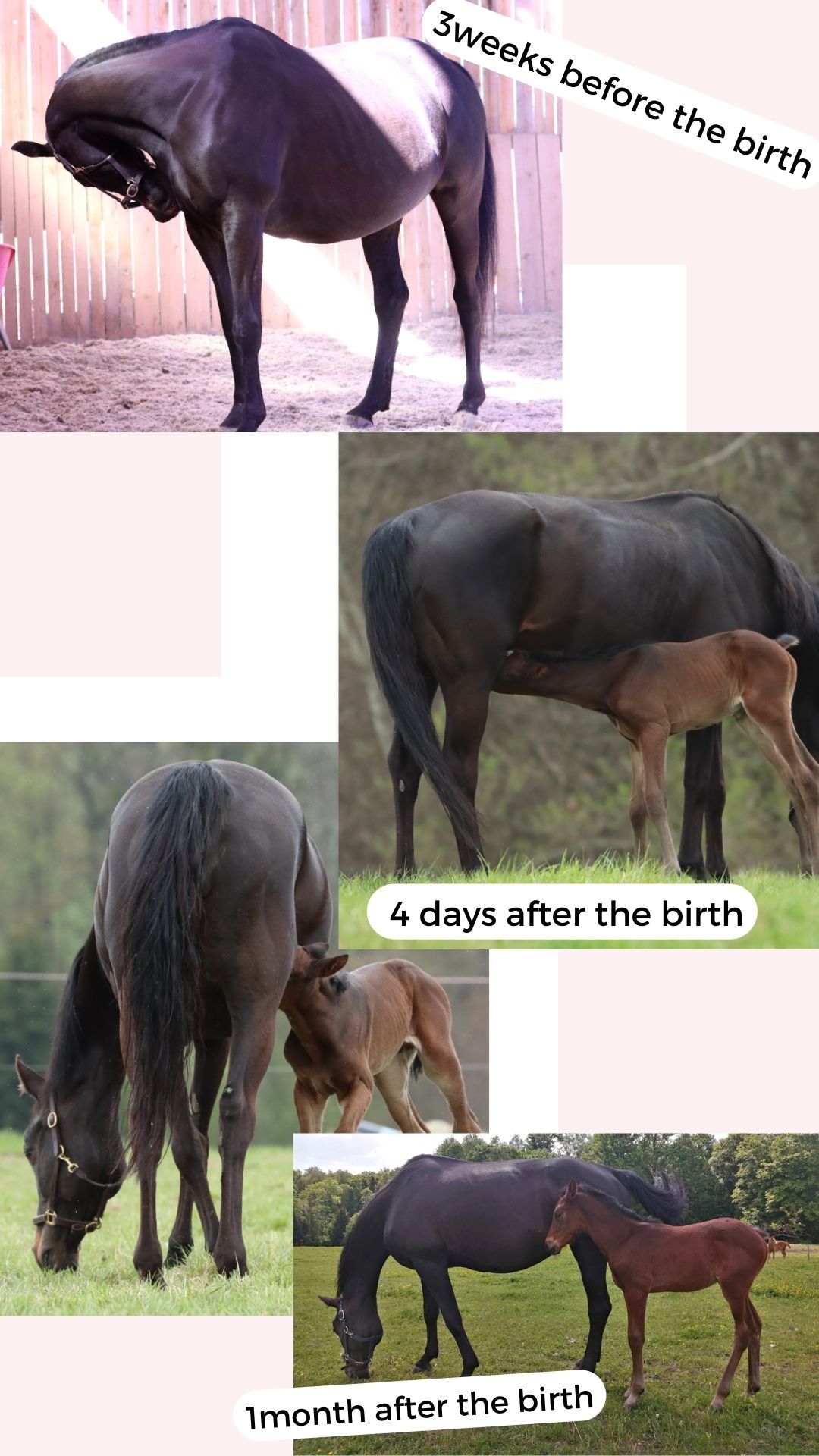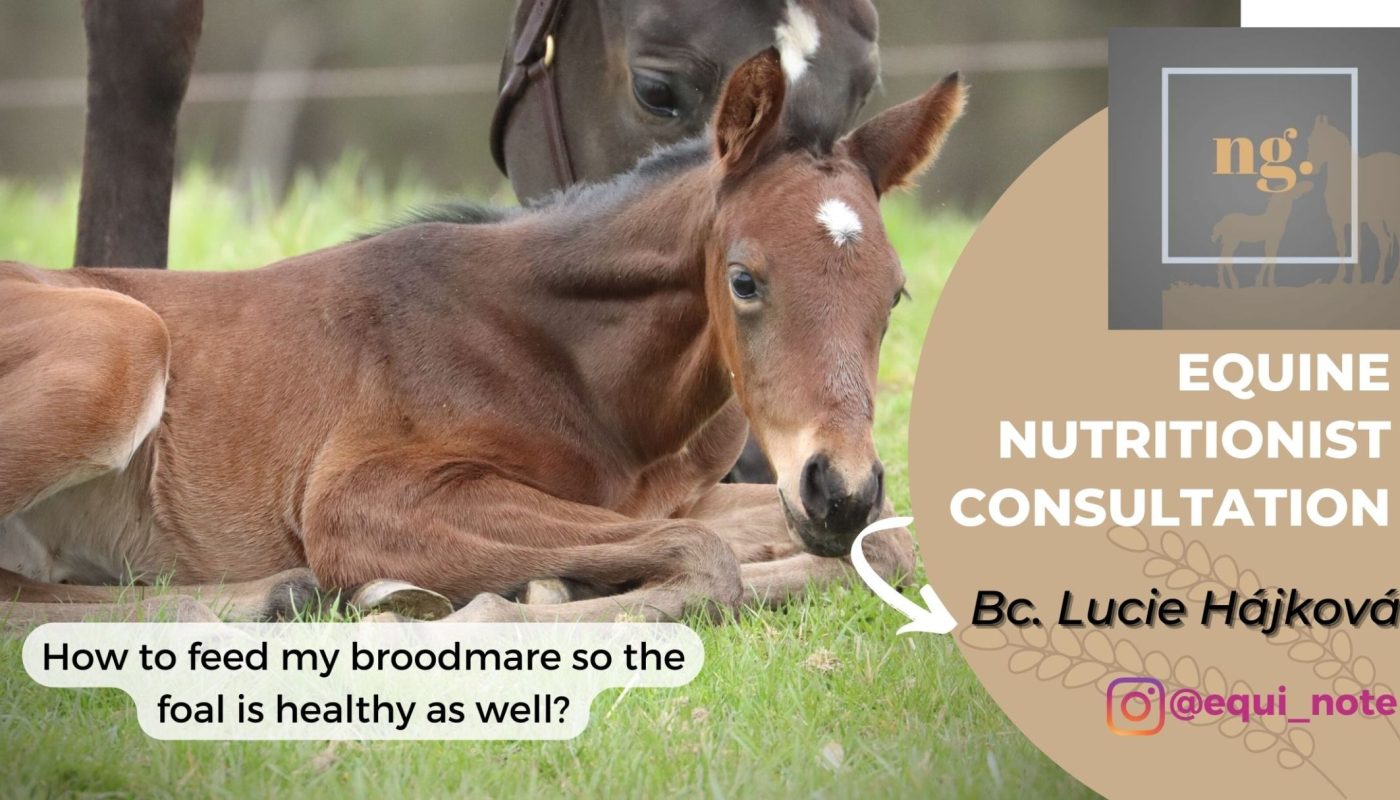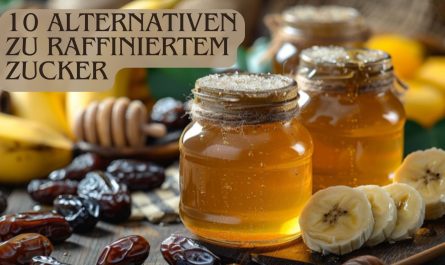You have managed to find a safe place for your mare to stay during the pregnancy, she has successfully delivered a foal after you both spent months of thorough preparation and now you are thinking about how to enhance their life even more or how to assure they will be satisfied. For this, we need to go a bit back again, actually to the pre-pre-partum days to find secret words already mentioned before- Equine Nutritionist!
Luckily, I like many others, have decided to get a bit of advice from more qualified ones in this sphere and it has been a great one- both in meaning and the size. I am delighted to provide you an insight into consultation full of useful information with a Czech Equine Nutrition Specialist, Ms. Bc. Lucie Hájková. And well indeed, undergoing a consultation process with a specialist gave me more confidence in my decisions and a bit calmer sleep during my mare´s pregnancy journey.
So what do the consultation and the process looks like?
Firstly, you receive a questionnaire to fill out with information about your horse. Facts regarding their age, breed, health and sports path, health issues, current, and past habits, horses’ daily routine and describe their behavior. Mention even details, it is easier for another person to put them into context and maybe solve something more complex. Think about their changes within different year seasons and specialties within your management style.
The second part of the process is your current feed description and ratio. Brand, weight, amount fed, feeding frequency, consistency, time, serving style (group feeding, one horse at a time, other horses can or cannot see mine), and reactions towards feed. Is it changed seasonally? What do you add up as a supplement? Don´t forget to mention the bulk feed/ hay quality and type.
You also need to provide proper pictures of your horse, front, side, and back view, good lighting, quality, and rather from two different days (so one is not mistaken by one good or bad day), when not being visited by a nutritionist personally. Photos of the hay and the feed itself are beneficial too.
In our case, we have received a very specific report from the information provided! 4 pages of recommendations with things to consider in the future as well. In our case, we needed to carefully choose the correct feed composition due to my mare´s previous colic experience and sensitive digestion. Even though the mare has been in a very good condition even before the consultation, concerns regarding possible weight loss were stated as she is naturally a lightweight type of horse and it could be challenging to preserve her nice form during pregnancy or lactation. Our hay quality was fine, as well as the sufficient presence of proteins in the diet. The mineral prefix was recommended to prevent feeding unnecessarily big amounts of the commercial non-grain feed (which nutritionists liked, as grain is not really easily digestible by horses, even though being fed very often by many horse owners). An extended version of the consultation would include also exact mineral prefix calculations. Below you can see the main information pointed out, in relation to the gestation period.
- The mare is currently in very good condition. However, I’m a little worried she might lose weight during lactation. Grazing ad libitum and thus the elimination of deterioration should be ensured.
- It would certainly be appropriate for the mare to have hay ad libitum during pregnancy- the digestive tract is set at the constant presence of less fiber. If not possible to provide ad libitum hay income or at least lunch hay portion, income could be replaced by sugar beet pulp.
- The digestive system and other internal organs are oppressed by the influence of the foal growth and it is, therefore, advisable to feed easily digestible feed, plus additional fluid.
- Rapeseed or linseed oil only – all others have a very poor ratio of omega 3 to 6 fatty acids.
- Extruded linen seed- feeding desirable all year round, and contains desirable omega-3 fatty acids
- Extract redundant non-nutritious feed that just takes place in mare’s stomach, put in high-quality mineral prefix instead, inorganic form if possible
- Zinc, copper, iron, selenium, and manganese are important for the foal, which it stores in the liver during the prenatal period of development
- The most important vitamins are vitamin A and E. Alfalfa contains a lot of vitamin A, however, in our central Europe conditions it is recommended to supplement vitamin E with selenium as they work synergetically.
- Vitamin E, together with selenium, is suitable for supplementation. The two work synergistically.
- It is highly recommended to add quality vitamin-mineral premix with a good digestibility-chelated form.
- Remember to give the mare a mash after the birth and ensure she has an unlimited supply of fluids as her needs should increase significantly due to lactation.
- It is also good to theoretically prepare for the possibility of a mare will remain in lactation only on hay and water. Last two years the rapid growth of foals and mares is encountered, which must finally be removed from the pasture and all grain-based feed.
Much more was included in our concrete report received however I believe that this general information will be beneficial for the majority of breeding enthusiasts.

If you have missed any of previous articles:
1. You want that foal halter, don’t you? Part 1
2. You want that foal halter, don’t you? Part 2
3. Foal Kit + Instagram!
4. Foal birth+ FOAL REVEAL
5. First foals turnout
6. Long distance equine management?
Also don´t forget to have a look at our Instagram account! >> @equi_note <<



